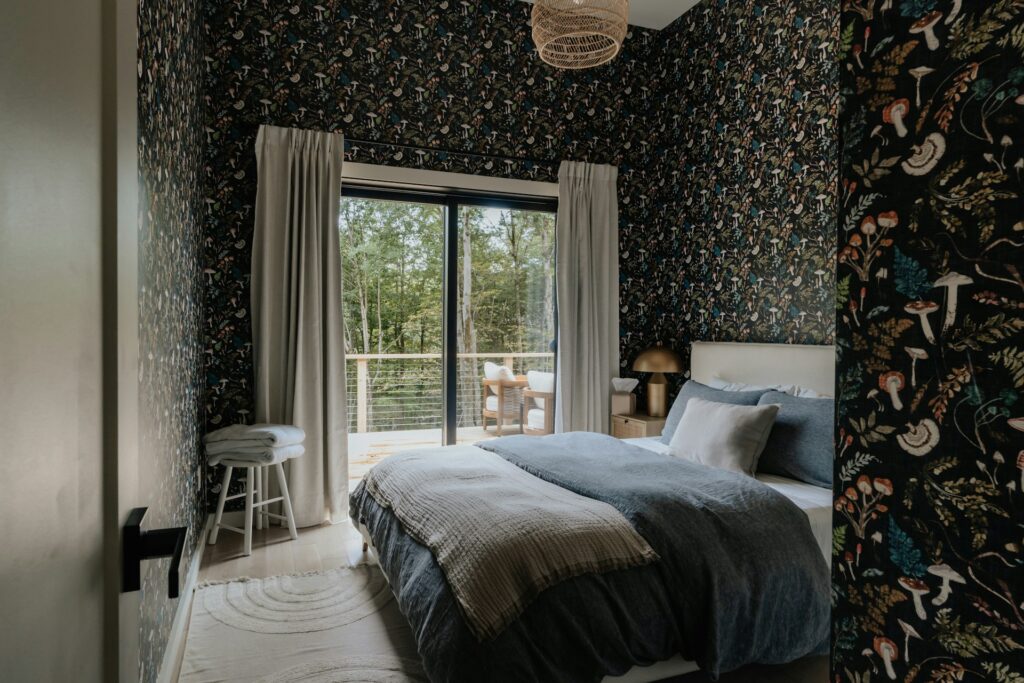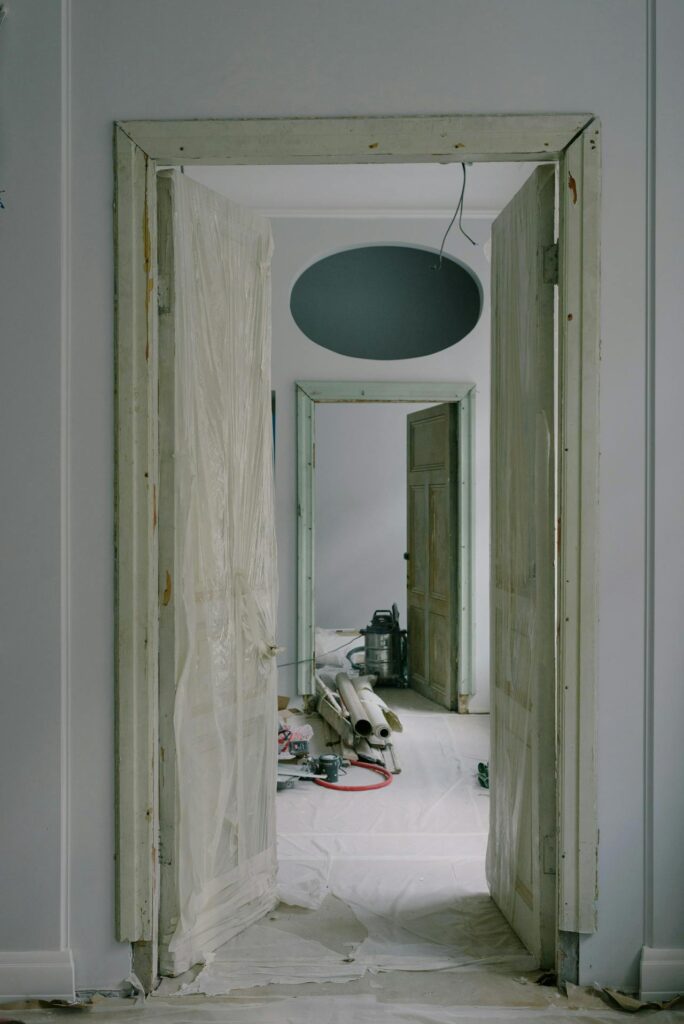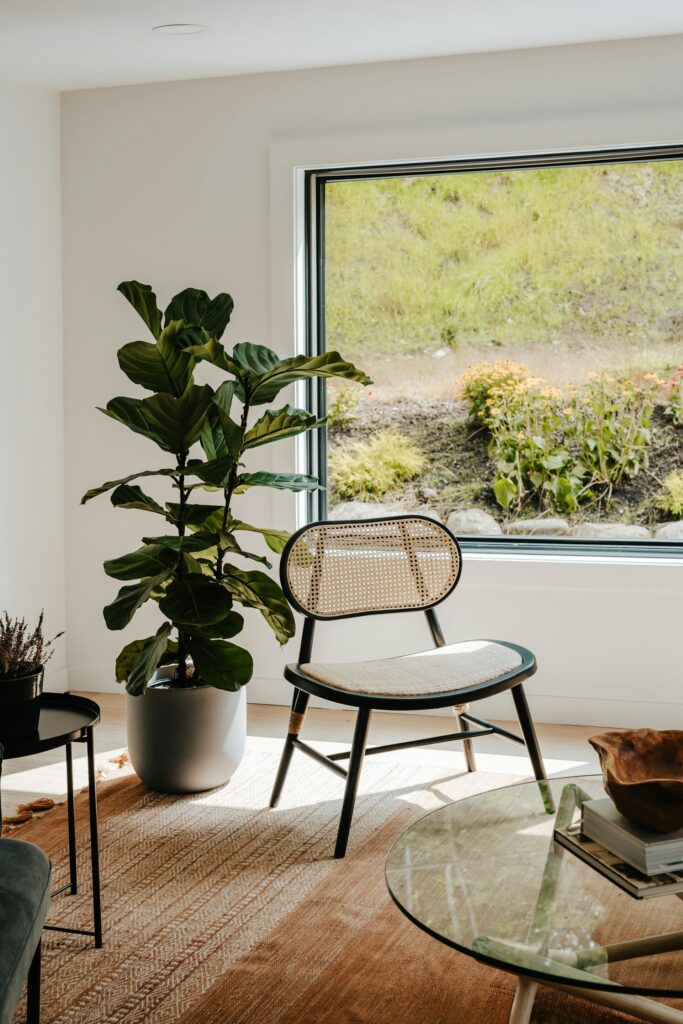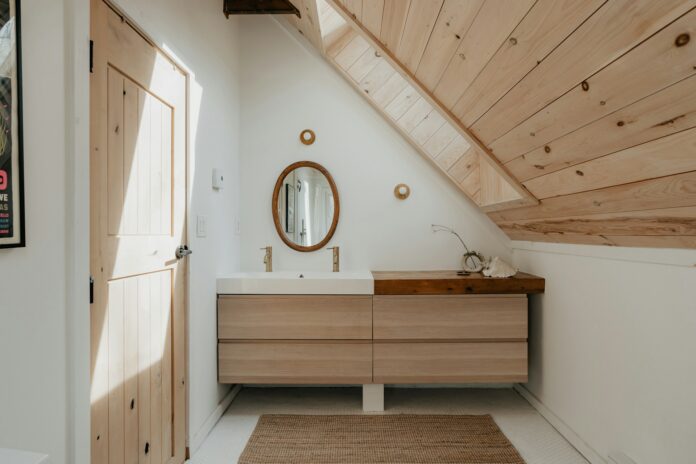Much like just about every other industry and discipline in the world, artificial intelligence is beginning to impact interior design. Rather than completely transforming our living spaces, AI is emerging as one of several tools that designers and homeowners can utilise when creating functional and aesthetically pleasing environments.
Interior design has always evolved alongside technological and cultural developments—from the Victorian parlour to modernist open-plan living. AI represents another step in this evolution, though its ultimate impact remains to be determined. While AI offers new capabilities, the fundamental human desire for comfort, beauty, and meaning in our living spaces remains constant.
Personalisation Possibilities
AI offers unprecedented possibilities for personalisation in interior design. Modern algorithms can analyse environmental factors, behavioural patterns, and stated preferences to create truly bespoke living environments. These systems can suggest design elements based on how certain colours might influence mood, how furniture arrangement affects flow, or how material choices impact acoustics and comfort.
AI systems can process thousands of design variables simultaneously, offering solutions that human designers might not immediately consider. These systems excel at optimising spaces for specific needs—creating environments that support focus for home workers, relaxation for stress reduction, or accessibility for those with mobility challenges.
Beyond aesthetic preferences, AI can help create environments tailored to neurological differences. People with sensory processing disorders might benefit from spaces optimised to minimise overwhelming stimuli. Those with cognitive impairments might gain independence through environments designed to provide appropriate cues and support. However, these specialised applications require careful implementation and should complement, not replace, human care and attention.



Spatial Intelligence
One of AI’s most powerful applications in interior design lies in spatial optimisation. Traditional space planning relies heavily on designer experience and established principles, but AI systems can rapidly generate and evaluate hundreds of possible layouts against multiple criteria simultaneously.
These spatial intelligence algorithms can maximise natural light distribution, optimise traffic flow, improve acoustic performance, and enhance visual harmony—all while accommodating specific furniture requirements and personal preferences. For challenging spaces like awkward corners, narrow rooms, or multipurpose areas, AI can suggest innovative solutions that might not be immediately obvious.
For commercial spaces, these systems can analyse foot traffic patterns, dwell times, and conversion rates to suggest layouts that improve business performance. In residential settings, they can evaluate how space usage changes throughout the day, suggesting arrangements that adapt to different activities and needs. This approach represents a shift from static design to dynamic environments that respond to changing requirements.
Digital Memory & Identity Expression
Beyond pure functionality, an AI interior design generator can analyse personal data—from photographs to travel histories—to suggest design elements that reflect individual identities. This capability offers fascinating possibilities for creating environments with deep personal meaning.
AI systems might analyse family photographs to create colour palettes with emotional significance, suggest display arrangements for meaningful objects, or recommend furniture styles that complement existing heirlooms. Some advanced systems can even incorporate cultural preferences and heritage elements, helping create spaces that honour traditions while meeting contemporary needs.
However, these applications raise important questions about privacy, data security, and the nature of personal expression in algorithmically influenced spaces.

Material & Finish Recommendations
Traditional interior design involves painstaking selection of materials, textures, and finishes—often requiring designers to coordinate numerous samples and visualise how elements will work together. AI systems are transforming this process through sophisticated material recommendation engines.
These systems can suggest complementary materials based on established design principles, current trends, or specific aesthetic goals. They can predict how different materials will interact visually, helping avoid clashing textures or overwhelming combinations. For sustainable design, AI can evaluate environmental credentials of materials, suggesting alternatives with lower impact profiles.
Virtual reality integration allows clients to experience material combinations before committing to purchases, potentially reducing waste and improving satisfaction. Some systems can even account for practical considerations like maintenance requirements, durability expectations, and regional availability—creating designs that are not just beautiful but practical for real-world implementation.
While AI excels at suggesting optimal material combinations and layouts, the challenge of helping clients understand how furnishings actually function within their spaces has led to increased adoption of 3D product animation services. These animations bridge the gap between static renderings and physical experience, demonstrating how storage solutions open and close, how modular furniture reconfigures for different uses, or how complex assembly processes work in practice.
When combined with AI’s spatial optimisation capabilities, these dynamic visualisations help clients understand not just how a space will look, but how it will truly function day-to-day. This integration of AI planning with animated product demonstrations represents a particularly practical evolution in design communication—one that addresses the common disconnect between beautiful concepts and liveable realities

Biophilic Design Integration
One promising application of AI in interior design is in supporting biophilic design—approaches that connect occupants with nature. While this principle isn’t new, AI can help implement it more effectively through sophisticated analysis and monitoring.
AI systems can model how natural elements might be incorporated into spaces—suggesting optimal placement for indoor plants’ care requirements, recommending materials that echo natural patterns, or identifying opportunities to frame external views. These systems can also analyse circadian rhythms and suggest design elements that support natural sleep-wake cycles.
Advanced implementations might include automated systems that adapt environments throughout the day to mimic natural conditions—adjusting light spectrums, airflow patterns, and ambient sounds. These applications address real concerns about disconnection from natural environments in modern living, potentially supporting both physical and mental wellbeing.


Trend Analysis & Prediction
Interior design has always been influenced by trends, but AI is transforming how these trends emerge and evolve. Machine learning algorithms can analyse vast databases of design images, social media engagement, and consumer behaviour to identify emerging patterns before they become mainstream.
For designers, these tools offer valuable insights into which styles, materials, and approaches are likely to resonate with clients. They can help balance timeless elements with contemporary touches, creating spaces that feel current without quickly becoming dated. Some systems can even personalise trend recommendations based on regional preferences, client demographics, or specific project requirements.


Ethical Considerations
As with any technological development, the integration of AI into interior design raises important questions that deserve careful consideration.
Accessibility remains a central concern—will AI-enhanced design be available to most people, or limited to the wealthy? Privacy issues are significant, as systems that personalise environments often require extensive data collection about highly personal spaces and behaviours. Environmental impacts matter too, as smart systems typically require resource-intensive manufacturing and constant energy usage.
Perhaps most importantly, we must consider what might be lost if algorithmic approaches begin to replace human creativity and intuition in designing our living spaces. The most meaningful homes often reflect personal values, cultural traditions, and individual creativity in ways that standardised systems may struggle to replicate.
The Bottom Line
AI represents one of many tools available to interior designers and homeowners. Like any tool, its value depends on how thoughtfully it is applied. The most successful integration of AI into interior design will likely be selective and intentional, using technology where it offers genuine benefits while preserving the human elements that make spaces feel like home.
As we navigate this evolution, the most important considerations remain fundamentally human—how our living spaces support our wellbeing, reflect our identities, and enable the activities that matter to us. Technology can support these goals but cannot define them. The future of interior design will be shaped not by technology alone, but by how we choose to incorporate new capabilities into spaces that remain deeply human.





